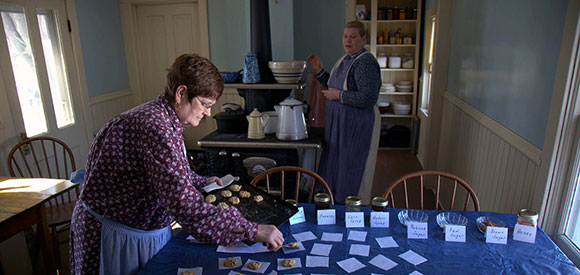Fire Prevention Week is the first full week in October.

Spreading the word about the dangers of kitchen fires is critical, as most of these fires result from unattended cooking. According to the NFPA, there were 156,600 cooking-related fires in the United States between 2007 and 2011, resulting in 400 civilian deaths, 5,080 civilian injuries, and $853 million in damages. The statistics are frightening, but prevention is the key to keeping people safe.
People who have experienced a kitchen fire or close call will tell you that they left the kitchen for only a few minutes. Unfortunately, that is all the time it takes for a fire to start on the stovetop, in an electric fry pan, or in the toaster. Two-thirds of home cooking fires start with the ignition of food or other cooking materials.
A review of National Park Service structural fire reports from last year revealed 91 kitchen-related fire incidents servicewide. The three most commonly cooked foods that lead to an incident report were popcorn, toast, and bacon, paired with the inattention of the person doing the cooking. Fortunately, firefighters were notified of the majority of incidents via installed and properly functioning smoke detectors. Smoke detection systems prevented damage and alerted the occupants, a few of whom were sleeping and would not have otherwise been aware of the danger until it was too late.
Additional Fire Prevention Week resources for firefighters, teachers, and families can be found at the National Fire Protection Association.
The Structural Fire Program shares fire safety and prevention messages throughout the year as part of the Prevention 52 campaign. A few issues on cooking-related fire prevention deserve a closer look:
Be sure to read the stories to learn more about fire prevention as it relates to historic structures, concession operations, and cultural resources. You’ll also find out more about the early history of the Structural Fire Program, as shared through conversations with key participants.
“Parks should use this week [Fire Prevention Week] as a period of intense fire prevention education for employees, visitors, and concessioner personnel,” according to NPS-58: Structural Fire Guideline, which was issued in 1987 and served as the precursor to RM 58: Structural Fire Management.
What are you doing to observe Fire Prevention Week at your park or office? Share your events with us on the NPS Fire and Aviation Facebook page.
Last updated: November 25, 2016
